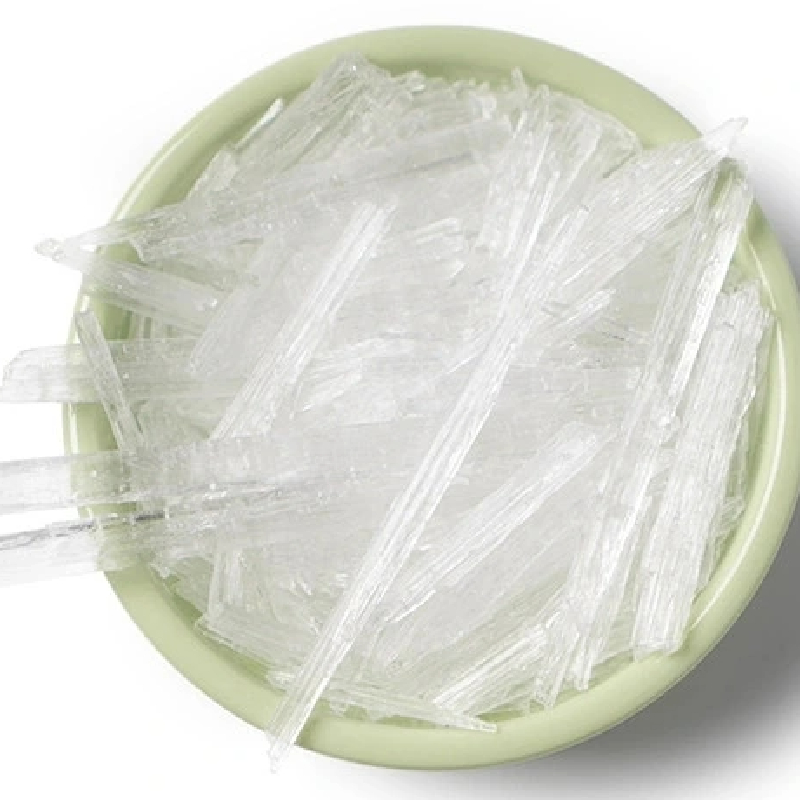Warning: Undefined array key "title" in /home/www/wwwroot/HTML/www.exportstart.com/wp-content/themes/1198/header.php on line 6
Warning: Undefined array key "file" in /home/www/wwwroot/HTML/www.exportstart.com/wp-content/themes/1198/header.php on line 7
Warning: Undefined array key "title" in /home/www/wwwroot/HTML/www.exportstart.com/wp-content/themes/1198/header.php on line 7
Warning: Undefined array key "title" in /home/www/wwwroot/HTML/www.exportstart.com/wp-content/themes/1198/header.php on line 7
- Afrikaans
- Albanian
- Amharic
- Arabic
- Armenian
- Azerbaijani
- Basque
- Belarusian
- Bengali
- Bosnian
- Bulgarian
- Catalan
- Cebuano
- China
- China (Taiwan)
- Corsican
- Croatian
- Czech
- Danish
- Dutch
- English
- Esperanto
- Estonian
- Finnish
- French
- Frisian
- Galician
- Georgian
- German
- Greek
- Gujarati
- Haitian Creole
- hausa
- hawaiian
- Hebrew
- Hindi
- Miao
- Hungarian
- Icelandic
- igbo
- Indonesian
- irish
- Italian
- Japanese
- Javanese
- Kannada
- kazakh
- Khmer
- Rwandese
- Korean
- Kurdish
- Kyrgyz
- Lao
- Latin
- Latvian
- Lithuanian
- Luxembourgish
- Macedonian
- Malgashi
- Malay
- Malayalam
- Maltese
- Maori
- Marathi
- Mongolian
- Myanmar
- Nepali
- Norwegian
- Norwegian
- Occitan
- Pashto
- Persian
- Polish
- Portuguese
- Punjabi
- Romanian
- Russian
- Samoan
- Scottish Gaelic
- Serbian
- Sesotho
- Shona
- Sindhi
- Sinhala
- Slovak
- Slovenian
- Somali
- Spanish
- Sundanese
- Swahili
- Swedish
- Tagalog
- Tajik
- Tamil
- Tatar
- Telugu
- Thai
- Turkish
- Turkmen
- Ukrainian
- Urdu
- Uighur
- Uzbek
- Vietnamese
- Welsh
- Bantu
- Yiddish
- Yoruba
- Zulu
Oct . 14, 2024 19:09 Back to list
The Role of Saccharin Sodium in Food and Beverage Industry Applications
The Use of Saccharin Sodium A Comprehensive Overview
Saccharin sodium, a synthetic sweetener, has been a prominent topic of discussion in the fields of nutrition and food science since its discovery over a century ago. As one of the oldest artificial sweeteners, saccharin is known for its intense sweetness compared to sucrose, making it a favored choice in various applications, particularly for those seeking sugar alternatives. This article explores the uses, benefits, controversies, and regulatory status of saccharin sodium.
What is Saccharin Sodium?
Saccharin sodium is a white, crystalline powder that is about 300 to 400 times sweeter than ordinary table sugar (sucrose). It was first discovered in 1879 by Constantin Fahlberg, a chemist who accidentally stumbled upon its sweetening properties while working on coal tar derivatives. Since then, saccharin has become widely used in the food industry, particularly in products aimed at reducing calorie intake or managing blood sugar levels, such as diet sodas, sugar-free candies, and various processed foods.
Applications in Food Industry
One of the primary uses of saccharin sodium is in food and beverage products as a low-calorie or zero-calorie sweetener. Its high sweetness intensity allows manufacturers to use it in very small amounts, significantly reducing the caloric content of products. It is also heat-stable, making it suitable for baking and cooking, a feature that not all artificial sweeteners possess.
Saccharin can be found in a variety of products, including
1. Diet Beverages Many diet sodas and soft drinks utilize saccharin as a primary sweetener, allowing consumers to enjoy sweet flavors without the extra calories. 2. Sugar-Free Confectionery It is commonly used in sugar-free candies, desserts, and gum, appealing to consumers looking for lower-calorie options.
3. Pharmaceuticals Saccharin is sometimes used to enhance the flavor of certain medications, especially those for children, making them more palatable.
saccharin sodium use

4. Tabletop Sweeteners Saccharin is often packaged as a granular sweetener for direct use, appealing to those who wish to reduce their sugar consumption without sacrificing sweetness.
Health Considerations and Controversies
The use of saccharin has not been without controversy. In the 1970s, studies indicated a potential link between saccharin and bladder cancer in laboratory rats, leading to its temporary ban in various countries and cautionary labeling in others. However, extensive research has since shown that the doses required to produce such effects are much higher than what humans would typically consume. Subsequent evaluations by health authorities, including the World Health Organization (WHO) and the U.S. Food and Drug Administration (FDA), concluded that saccharin is safe for human consumption within established acceptable daily intake (ADI) levels.
Moreover, saccharin does not raise blood sugar levels, making it a popular option among people with diabetes. Its non-caloric nature also makes it an attractive alternative for weight management, helping individuals reduce their overall caloric intake without sacrificing sweetness.
Regulatory Status
Today, saccharin is approved for use in many countries, including the United States and Canada. The controversy surrounding it has diminished over the years, and it is considered safe when consumed within regulatory limits. For instance, the FDA has established an ADI for saccharin at 15 mg per kilogram of body weight, which ensures a safe threshold for consumption.
Conclusion
Saccharin sodium remains a staple in the world of artificial sweeteners, offering a viable alternative for those looking to reduce sugar intake and lower calorie consumption. Despite its controversial history, extensive research has affirmed its safety, allowing it to maintain a presence in both the food industry and the diets of many individuals. As consumers continue to seek healthier options, saccharin sodium is likely to remain a relevant and valuable player in the realm of sweeteners, catering to the growing demand for sugar alternatives in a health-conscious society.
Latest news
-
Certifications for Vegetarian and Xanthan Gum Vegetarian
NewsJun.17,2025
-
Sustainability Trends Reshaping the SLES N70 Market
NewsJun.17,2025
-
Propylene Glycol Use in Vaccines: Balancing Function and Perception
NewsJun.17,2025
-
Petroleum Jelly in Skincare: Balancing Benefits and Backlash
NewsJun.17,2025
-
Energy Price Volatility and Ripple Effect on Caprolactam Markets
NewsJun.17,2025
-
Spectroscopic Techniques for Adipic Acid Molecular Weight
NewsJun.17,2025

